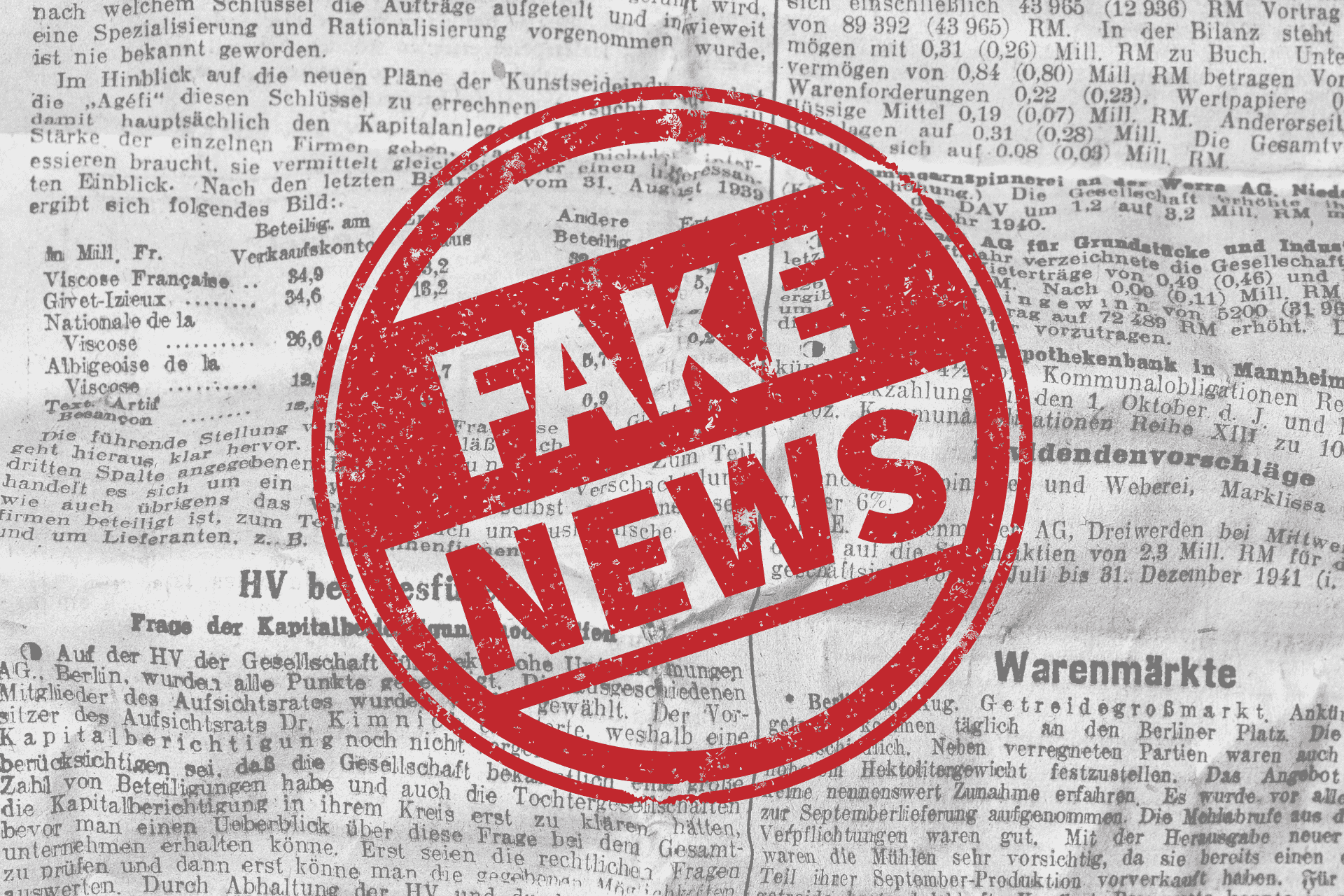Unveiling the Veil: Deciphering the Enigma of Fake News

I. Introduction
In an era dominated by the rapid dissemination of information through various online platforms, the concept of fake news has garnered significant attention. But what exactly constitutes fake news, and why is it such a pressing concern?
II. Understanding Fake News
Definition
https://tnchronicle.com/ refers to false or misleading information presented as legitimate news. It can range from fabricated stories to distorted facts aimed at deceiving the public.
Characteristics
Fake news often exhibits sensationalism, exaggeration, and bias. It plays on emotions to manipulate perceptions and distort reality.
III. Impact of Fake News
The proliferation of fake news has far-reaching consequences, impacting both individuals and society as a whole.
Social Effects
Fake news can sow seeds of distrust and discord among communities, leading to polarization and division. It undermines the fabric of trust essential for a healthy society.
Political Effects
In the realm of politics, fake news can influence public opinion, sway elections, and even destabilize governments. It has become a potent tool for manipulation and propaganda.
IV. Spread of Fake News
The internet, particularly social media, has become a breeding ground for the dissemination of fake news.
Social Media
Platforms like Facebook and Twitter provide fertile ground for the rapid spread of misinformation. The viral nature of social media amplifies the reach of fake news, making it challenging to contain.
Clickbait
Clickbait headlines lure unsuspecting users into clicking on fabricated stories, further perpetuating the cycle of misinformation. The quest for clicks and views often takes precedence over journalistic integrity.
V. Identifying Fake News
Amidst the deluge of information online, distinguishing between fact and fiction can be daunting. However, there are strategies to discern the truth.
Fact-Checking Websites
Platforms like Snopes and FactCheck.org specialize in debunking myths and verifying the accuracy of news stories. Consulting these sources can help separate fact from fiction.
Critical Thinking
Encouraging critical thinking skills is paramount in combating fake news. Teaching individuals to question sources, evaluate evidence, and consider multiple perspectives empowers them to navigate the sea of information with discernment.
VI. Combating Fake News
Addressing the menace of fake news requires a multifaceted approach involving education and media literacy.
Media Literacy
Promoting media literacy equips individuals with the tools to critically analyze information, discern credible sources, and identify misinformation.
Education
Integrating media literacy education into school curricula cultivates informed citizens capable of navigating the complexities of the digital landscape.
VII. Conclusion
In conclusion, fake news poses a significant threat to the integrity of information and the fabric of society. By understanding its nature, recognizing its impact, and equipping ourselves with the necessary skills, we can combat this pervasive phenomenon and safeguard the truth.


